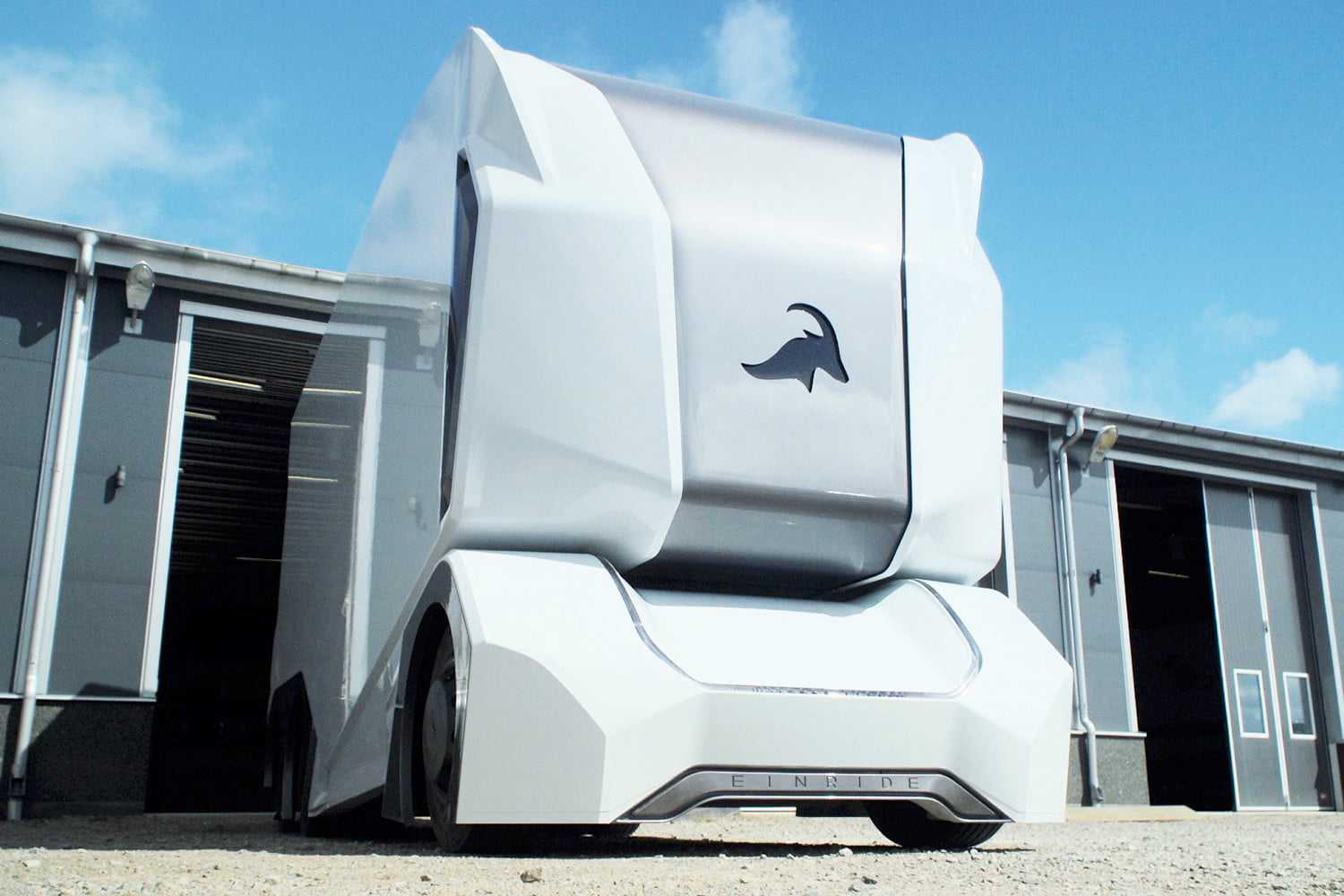First Human Remote Truck Driver
Einride are riding a wave of enthusiasm for autonomous technology in trucks. Among the companies working on driverless transport projects, like Tesla, Nikola, and Freightliner, this Swedish company stands out. Since 2016 they have been researching and developing self-driving trucks that promise to save labor to improve working conditions and cut costs.
???????? How did it Start?
It is a fascinating fact from the fascinating fact factory, folks. Experiments began in the 1920s, but self-driving vehicles go back to a radio-controlled model produced in 1939 for a General Motors exhibition. However, that was just for display. The first production model, also GM, came much later in 1958.
Development continued, and the first self-sufficient, truly autonomous cars appeared in the 1980s. In 1995 one project completed a three-thousand-mile cross-country journey. 98.2% of that was untouched by human hand.
???????? Enter Einride
Einride began in 2016, aiming to produce intelligent and sustainable transport. Their first ?Road Test? of driverless deliveries started in May 2019 and is running until the end of 2020.
Full autonomy is over the horizon as yet. Einride currently plans to incorporate remote human truck drivers to monitor and control their vehicles from the comfort of an office chair.
Apart from remotely piloting trucks, these operatives will use their experience and skills in other areas. For example, they will assist engineers and designers in the development of better vehicles and improved facilities for future remote drivers.
???????? Are They Alone?
The unmanned electronic truck concept is not limited to northern Europe it?s spreading fast, worldwide. Other companies with a stake in the market include General Motors,?Ford,?Audi,?Nissan,?and Toyota. Tony Han, CEO of a Chinese robotaxi firm aims to make self-driving vehicles as ordinary?as taking a self-operating elevator.
???????? Does it Work in Practice?
Yes, it seems to work. The first long haul, cross country delivery (of forty thousand pounds of butter, by the way) by a hands-off truck started on Dec.10th, 2019. It went on for three days. The vehicle concerned was developed by a Cupertino start-up called Plus.ai. It had a safety driver on board, plus a safety engineer to observe. But it made the two thousand, eight-hundred-mile trip from Tulare, California, to Quakertown, Pennsylvania, without incident. The humans on board never laid a finger on the controls. I wonder if the truck plugged it into recharge overnight.
???????? Wave of the Future
Robert Falck, Einride?s founder, and CEO maintains that autonomous vehicles will change the kind of demands that work will make on the labor force. It will also alter the kind of environment they work in.
He foresees the growth of completely new job categories. And he is optimistic about the changes to come. In his view, the changes in working style and working environment will be good for existing personnel improving their hours, working conditions and skills. But I want to inject a little note of caution here.
Falck envisions one driver managing up to ten moving vehicles. This is a slower version of being an air traffic controller. It?s slower, but just as prone to problems, perhaps. And that sends a little shiver up my stiff old spine.
???????? Caution
Monitoring ten moving vehicles would surely demand a lot of sitting, staring at screens in a nice, warm room. To me, that seems to guarantee attention lapses. It?s not that I?m a pessimist, but as every engineer knows, if something can go wrong, it will. Heck, the system relies on GPS. One solar flare: . . . . You get the picture?
Well, that?s the gloomy side.
???????? Optimism
Einride feels confident that they can iron out the wrinkles in their tech and cut usual operating costs by sixty percent.? They expect automation to improve planning and performance. They expect to improve the lives of truckers, too. And they see productivity for the trucking industry as a whole rising by two hundred percent.
Says Mr. Falck, ?Our ambition is to disrupt the transport industry, and . . . start expanding in the U.S., deliver on our technology road map and to meet rapidly increasing customer demand.?

